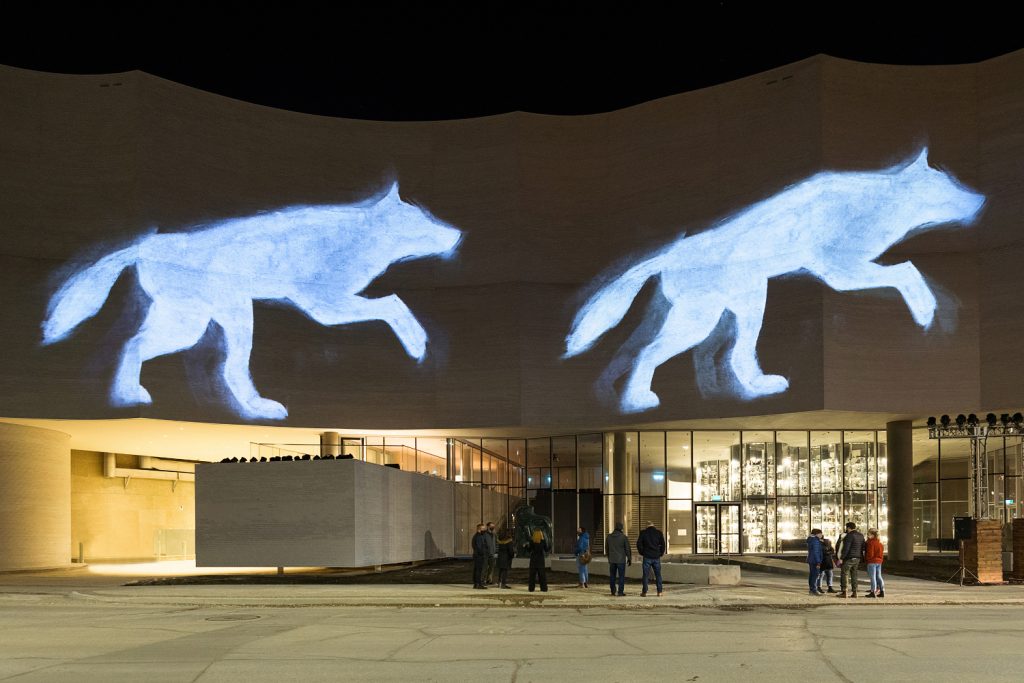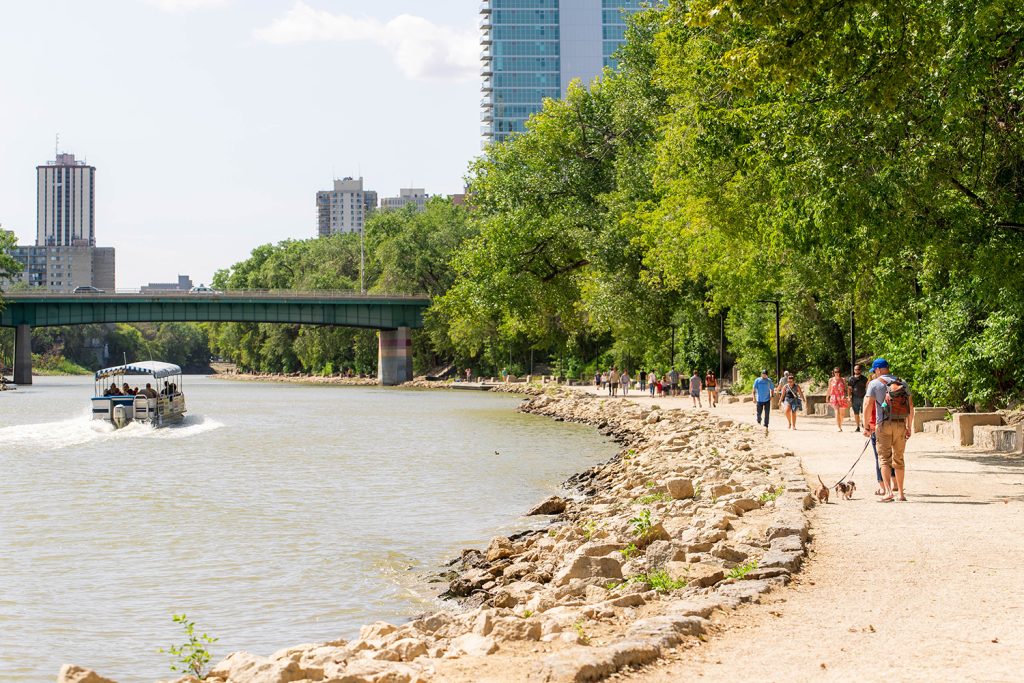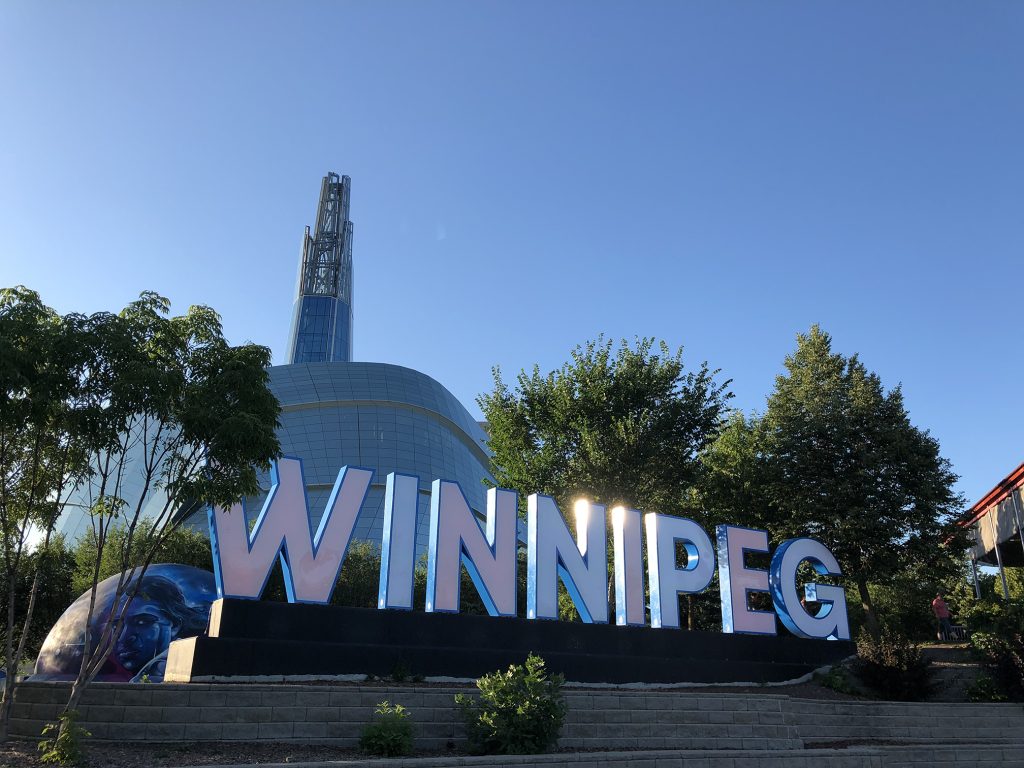Within four blocks of the Convention Centre, there are two shopping malls, the main public library, the police headquarters (and police museum), the Manitoba Legislative Building, a hockey arena, and a Victorian-Edwardian mansion.
Here are some highlights within easy walking distance (or a short bus ride if you prefer):
Winnipeg Fringe Festival
Theatre is Winnipeg’s oldest form of public entertainment, and the city was once the hub between the vaudeville circuits. Alexander Pantages — of the once-common theatre chain — was quoted as saying “all my acts originate in Winnipeg and move around the circuit.” Positioned between the East Cost circuit and the West Coast circuit, Winnipeg was a testing ground for performances and a point of overlap. The city saw performances from Buster Keaton, Laurence Olivier, and Harry Houdini. It’s where Bob Hope learned to play golf and where Groucho Marx met Charlie Chaplin, but the live theatre boom came to a sudden crashing halt as cinemas began to buy out theatres and use them exclusively for film.
“Fringe” theatre originated as a term applied derisively to the unofficial performances at the Edinburgh International Festival, but has become a point of pride in the years since. Roughly analogous to the American concept of “off Broadway,” fringe theatre festivals each have their own rules as to how artists may participate. The Winnipeg Fringe Festival, first started in 1988, gives artists the freedom to present whatever they’d like without judging it for artistic quality, and they get to take home one hundred percent of their box office. This year, from July 19th to 30th, 143 companies will be performing in Winnipeg as the Fringe Festival takes over Old Market Square, filling it with vendors, food trucks, and a rotating set of performances on the public stage.
For more information about this year’s festival and the many shows, please visit their website at: https://www.winnipegfringe.com.
— Nicholas Vincenten
Qaumajuq / Winnipeg Art Gallery

Qaumajuq is the largest public collection of contemporary Inuit art in the world.
There is a stunning three-story glass vault case in the entrance lobby, with thousands of Inuit carvings. The main gallery on the top floor is spacious and well lit, and features a great variety of contemporary Inuit art from artists from Alaska across the north of Canada to Greenland. If you appreciate Inuit art, this is a must-see. Plan to spend at least a couple of hours. Admission includes access to the Winnipeg Art Gallery’s collection and exhibitions. There is an interesting exhibition on the Winnipeg Free Press, and another featuring the art of indigenous artist Faye HeavyShield. The gift shop is also excellent.
River Trail

The River Trail connects Winnipeg neighborhoods along the Assiniboine River.
The Forks

The Forks is a National Historic Site that includes the Canadian Museum of Human Rights, the Children’s Museum, theatres and amphitheatres, and a market hall with shops and restaurants.
